
Polarized Training Pathway
In collaboration with Dr. Stephen Seiler, the “father of polarized training,” we have curated everything you need to know about the 80/20 training method.

Cycling training is a science and an art. How endurance athletes train, when they train, and the intensity and duration of that training all affect the gains and adaptations they see.
Proper interval execution is essential to see the expected progress. How you analyze and interpret all that data is equally valuable. Of course, training needs to be planned so it fits into any given season, race schedule, and lifestyle. Off the bike, the importance of strength and conditioning is often neglected.
This is training. This process is what athletes live for.

In collaboration with Dr. Stephen Seiler, the “father of polarized training,” we have curated everything you need to know about the 80/20 training method.

Interval workouts are a fundamental part of any endurance training program. Learn exactly what intervals are, why they are so important, and how to properly execute interval workouts with the help of Sebastian Weber, Neal Henderson, and Dr. Stephen Seiler.
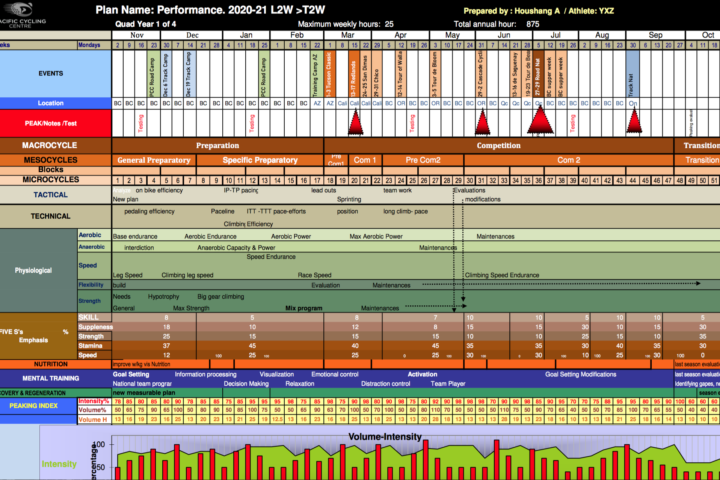
We review the art and science of developing and maintaining an annual training plan, which helps athletes progress and perform at their best.
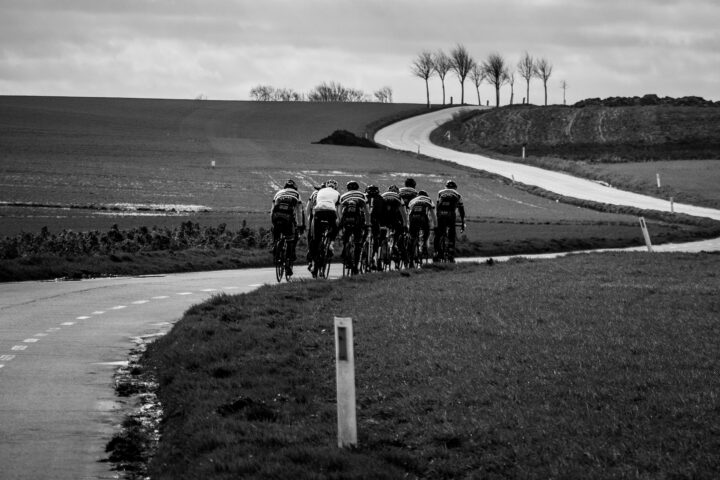
It’s hard to find time to fit in the long, slow miles that traditionally comprise the base season. Coach Trevor Connor offers suggestions for improving life-training balance, understanding quality versus quantity, and more.

Dr. Stephen Seiler discusses esports with elite endurance athlete and game developer Jordan Rapp.
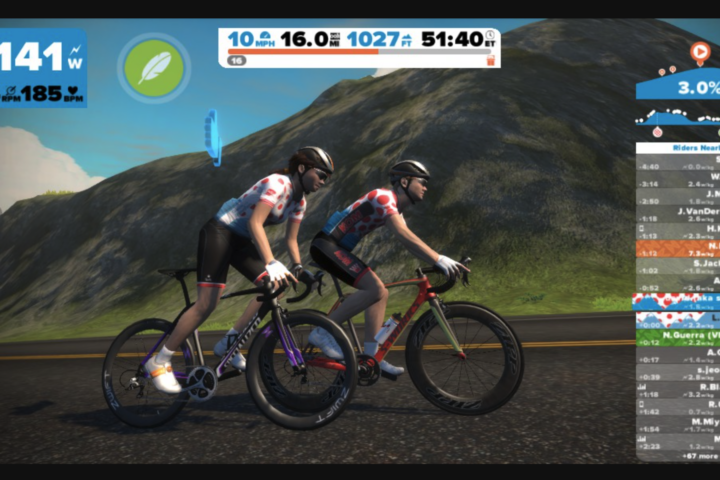
If you are training with Zwift, don’t miss this guide from exercise physiologist Rob Pickels, who explores best practices for this virtual cycling and running platform.
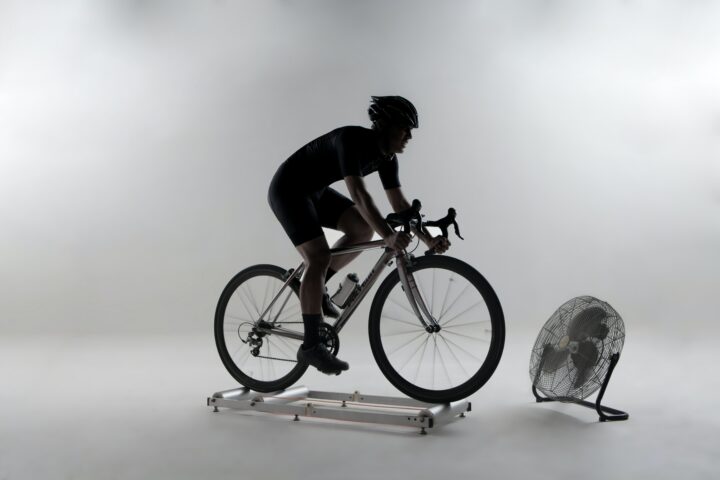
Used strategically, riding inside can be a beneficial way to keep motivation high, effectively add intensity, and stave off winter training doldrums. With the help of Joe Friel, Dr. Stephen Seiler, and others, we explore all aspects of indoor cycling.
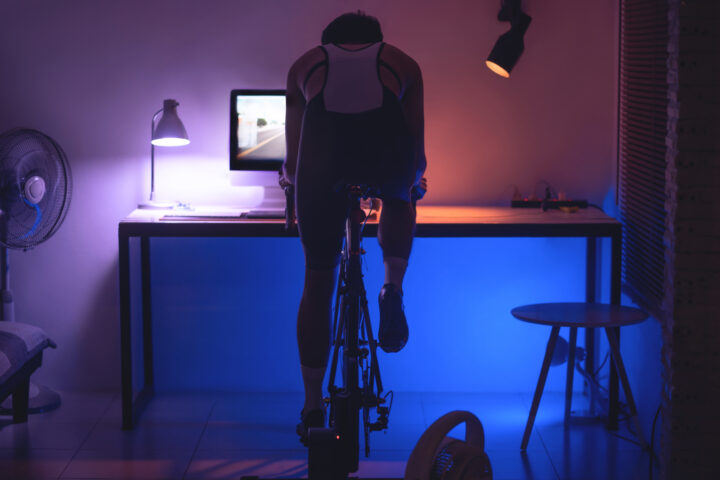
Chris Case explains why indoor cycling differs from outdoor riding, then offers tips to help you get the most out of your indoor sessions.

Dr. Stephen Seiler analyzes a 13-plus-hour Zwift ride by Jonas Abrahamsen of the Uno-X Pro Cycling Team from Norway.
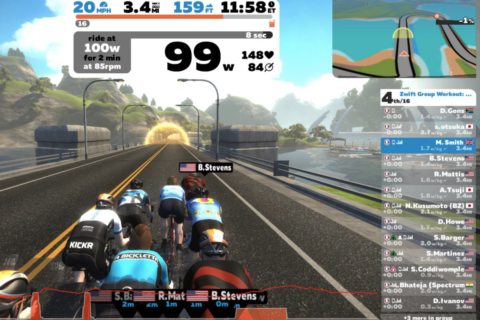
Dr. Stephen Seiler explores whether a Zwift race of about 60 minutes can be a decent substitute for a 60-minute FTP test.
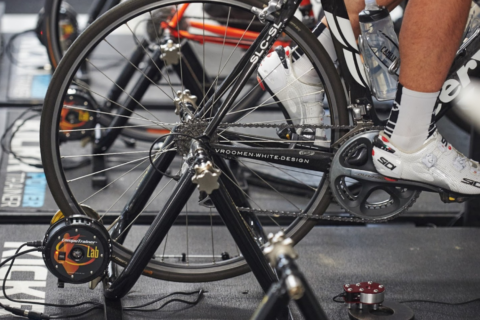
Dr. Stephen Seiler surveyed over 1,000 endurance athletes of different levels to find out how the basic characteristics of the training process have changed during the coronavirus pandemic. Here are the results.